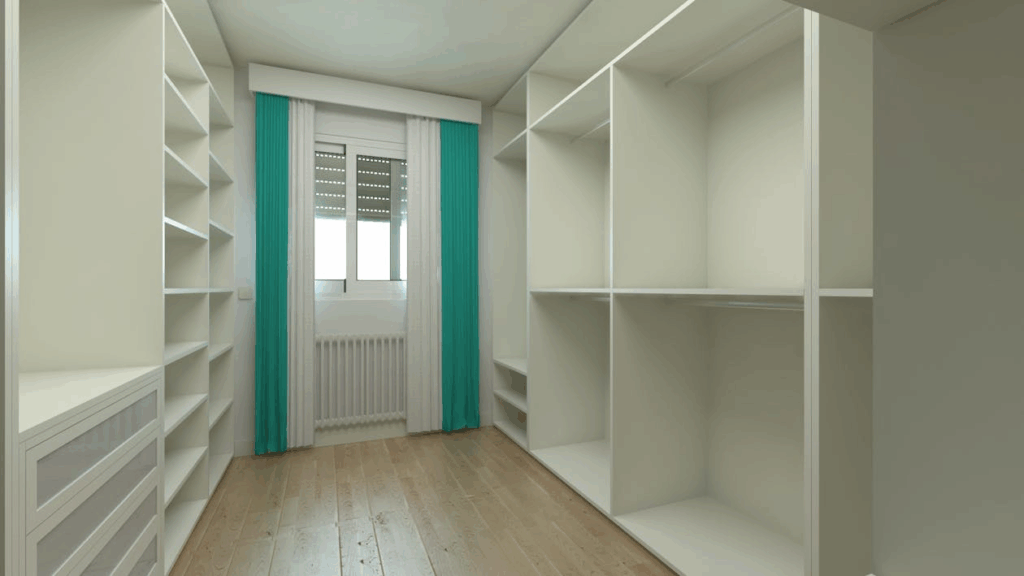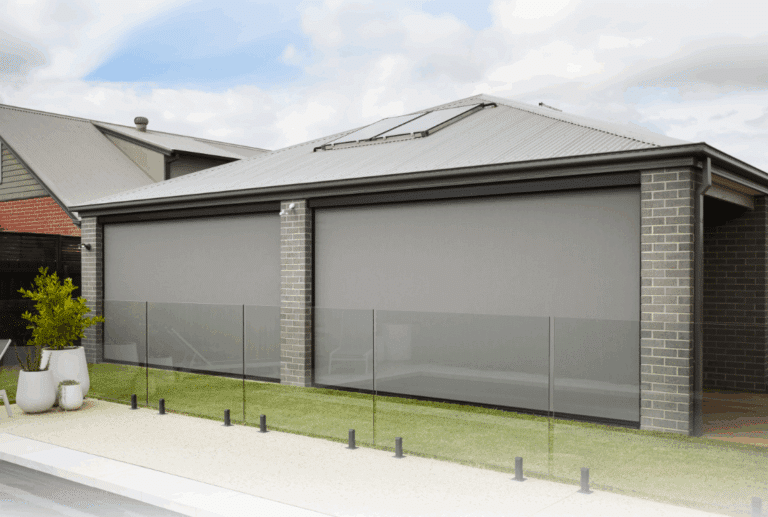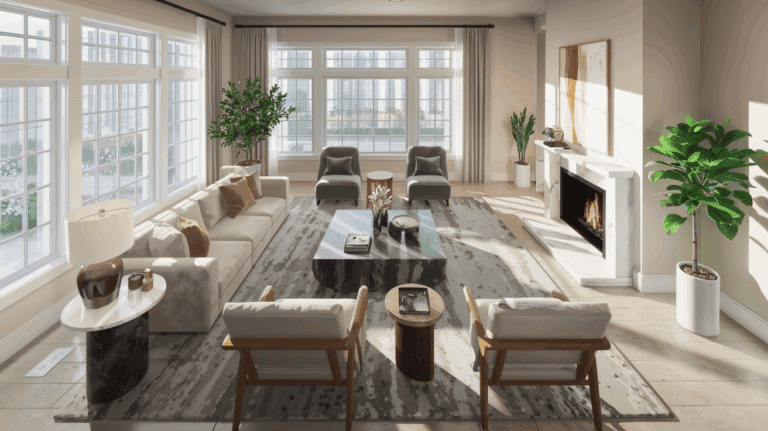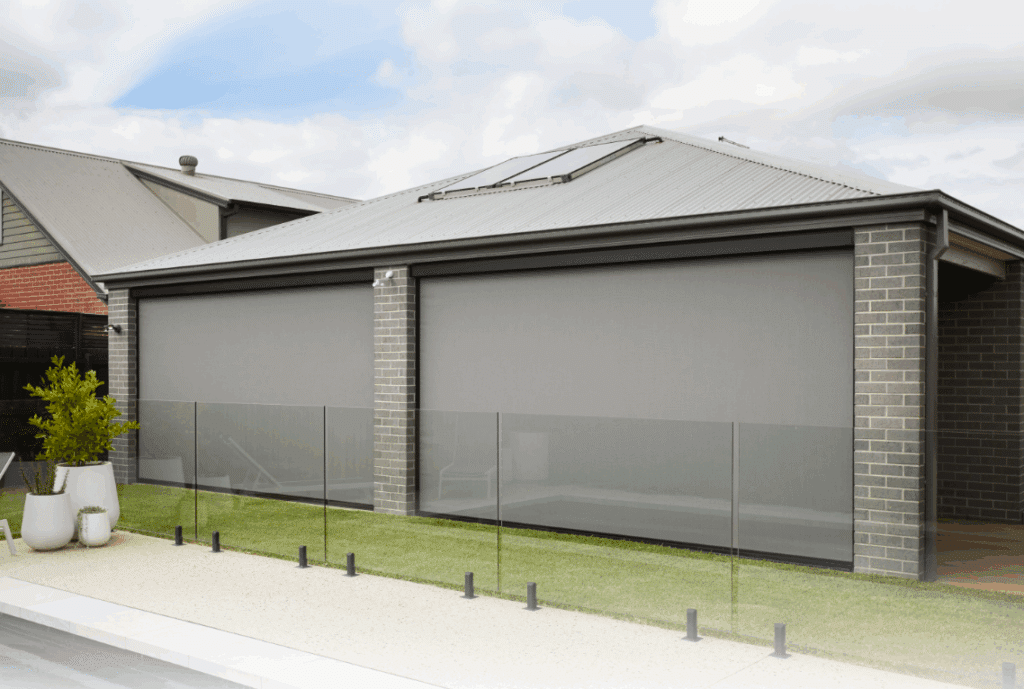Ready to turn that overstuffed closet into a dream storage system?
Sound familiar? You’re not alone. We all know the struggle: clothes, shoes, bags, and random junk packed in a tiny closet built for…a fraction of what you have. It’s Mayhem.
Yet…
Closet customizing is a booming business. The market jumped to $31.4 billion in 2024 and estimates predict this will grow to $55.2 billion by 2032 (a healthy 7.2% CAGR).
What’s driving this shift?
People are waking up to the fact that cheap, generic storage options suck. Here’s the lowdown.
Inside this guide:
- Reasons custom closet design trumps stock options
- Space-maximizing strategies you can use today
- What closet components are worth the investment
- Must-avoid design mistakes that ruin your system
- Pro closet designers’ secret tricks that work
The Storage Frustration That’s Gripping America’s Homes
Ok, time for some hard truths…
Storage won’t magically get better on its own. With bedroom closets dominating 28% of the organization market, this is where the problem is worst.
But here’s the real issue: Urban spaces mean smaller homes and fewer closets to store our ever-expanding personal libraries. We’re living with closets that are decades behind our needs.
Enter custom closet design: It allows you to double, even triple your storage without changing your square footage.
How cool is that?
Custom Closet Design vs. Stock Solutions: Why it Matters
Flat-pack closets are the worst.
Those stock closets from the store are a joke. They come with one rod, a shelf, and that’s it. No way to actually organize or use your space effectively.
Custom closet design is different though:
- Tailors to your needs.
- Uses vertical space to its max.
- Adjusts as your stuff and style change.
With 42% of consumers demand modular systems, there’s power in customization.
Space-Maximizing Strategies That Actually Work
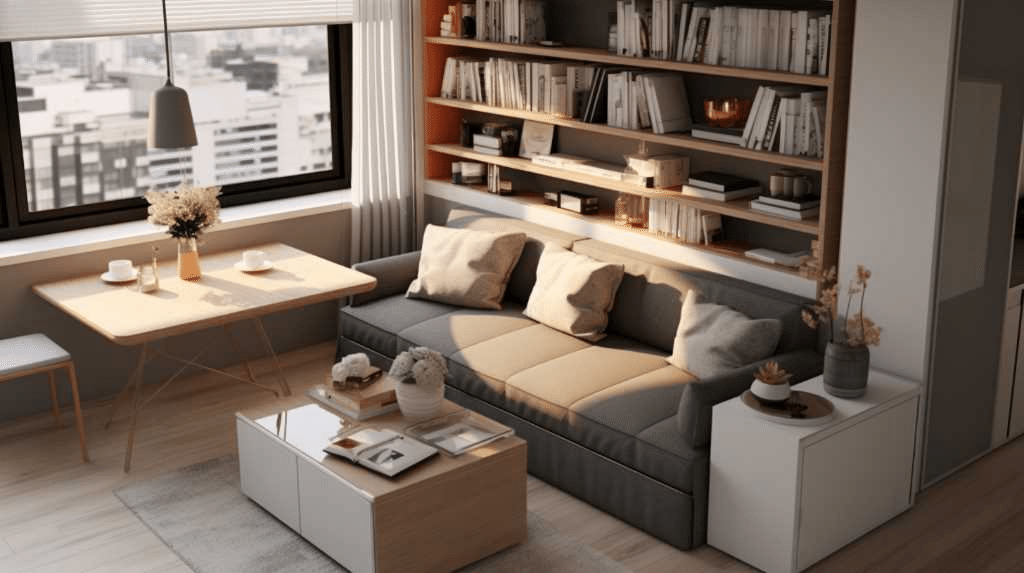
Ok, let’s do this. Here’s how to squeeze every last inch out of your closet:
The secret?
Vertical space. Your average closet uses like 60% of its height. The rest? Empty and useless.
Use the right system and you own that unused vertical space.
Double-Hang Your Short Items
Buckle up, ’cause this is the easiest closet hack ever.
Install two rods, one above the other. Use the top one for shirts, tops, and jackets. The bottom one? Pants, skirts, or folded stuff.
Boom. You’ve just doubled your hanging space.
Put Adjustable Shelving Above Hanging Areas
The space at the top of your hanging sections? Pure gold. Install shelves up there that move up and down as you need them.
Install Pull-Out Drawers for Small Items
Drawers, not shelves, for small stuff. Need I say more?
Drawers mean you see everything at once. No more digging through piles of t-shirts to find what you want.
The Closet Components that Make the Biggest Difference
Wait, not all closet components are created equal…
Let’s break it down:
Wire vs. Wood vs. Laminate Systems
Wire racks are cheap but make bumps in your clothes. Solid wood is the Cadillac of closet systems but soooo expensive.
So what’s the sweet spot?
Look for laminate systems that some NYC custom closets companies offer. They give the look and durability of wood for a fraction of the cost.
Soft-Close Hardware is a Must-Have Upgrade
You know when drawers slam shut, or doors hit the wall? Yeah, it’s brutal on your stuff and your nerves. Enter soft-close hardware. Trust me, it’s worth every penny.
Springs and dampeners make that satisfying smooth-close sound we all love. It’s a cheap way to make your closet feel like a million bucks.
Smart Layout Tips for a Closet that Actually Works
Ok, it’s confession time…
Closet design follows one simple rule:
High-rotation items get eye-level placement.
Need to wear it every day? Front and center. Store seasonal stuff up high or down low.
Divide your closet by category too:
- Work clothes get the prime real estate.
- Casual or party clothes get the second tier.
- Active or exercise gear goes down low.
- Accessories? Eye level.
The same principle grocery stores use, except you’re shopping your closet instead of food.
Professional Installation vs. DIY: Pros, Cons, and Tips
Let’s just address the elephant in the room:
DIY custom closet. Is it possible? Can you do it yourself or nah? Spoiler: depends.
DIY makes sense for basic modular systems in standard rectangular closets.
Complex shapes, built-ins, or electrical work? Cue the professional.
Maintenance Systems that Help Keep it That Way
Something else no one wants to talk about:
Maintenance. Oh, those systems need TLC to keep working!
Simple systems only work if you put as much work into maintaining them:
- One in, one out rule. New item means old item goes.
- Quick tidy every week. 10 minutes max.
- Seasonal rotate out. Store the off-season stuff out of reach.
No such systems? Your best closet is an expensive disaster in waiting.
Best Value Shopping for Closet Components and Systems
Closets systems cost a LOT.
Anywhere from a few hundred bucks to tens of thousands. C’mon now. Reality check time.
You need to start with what you actually need. Resist the urge to buy every cool feature under the sun. Seriously, do you need a built-in ironing board?
Instead, focus on components that make the biggest difference in your daily routine. Little things like organizing accessories are always upgradeable later.
Keep Your Closet Customizable for the Future
Ok, final piece of wisdom before you run out and redesign your closet…
Plan for change. Your style, your life, your storage needs.
Best closet systems use modular components that can be moved, reconfigured, or expanded without starting from scratch.
Don’t box yourself in. Build a system that can grow and change with your life.
Ready to Maximize Your Closet Storage?
Closet customizing isn’t about matching Pinterest photos (though that’s a nice side effect).
It’s about:
- Stopping the daily stress of disorganized storage
- Making the most of your existing space
- Creating a system that fits your unique life
With the right strategy, even a small closet can become a storage powerhouse that makes getting dressed a joy instead of a pain.
The key is in planning, component selection, and designing a flexible system that can adapt to changes in your life. You’ll thank yourself every day you walk into that organized closet.


